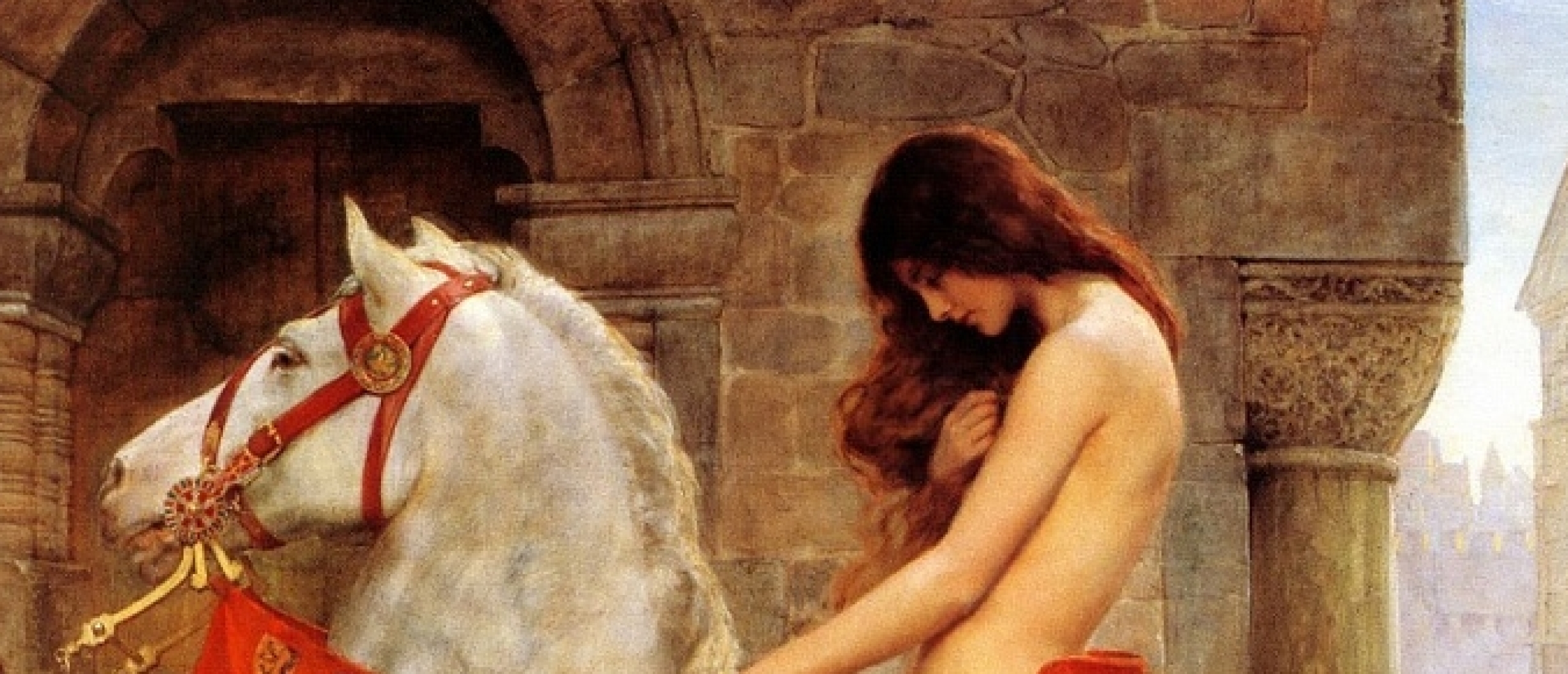
John Maler Collier (1850-1934), loosely associated with the Pre-Raphaelite style, was one of the most prominent representatives of portrait art in Britain. His subjects included many aristocrats, ministers, scientists, and writers, like George V (Duke of York), Edward VIII (Prince of Wales), Rudyard Kipling, Charles Darwin, and others. Along with contemporaries, he depicted mythological characters, mainly women. The works of John Collier are widely known oeuvres. Still, we think that these pictures are an example of the astonishing talent that must be presented in any gallery devoted to sensual art.
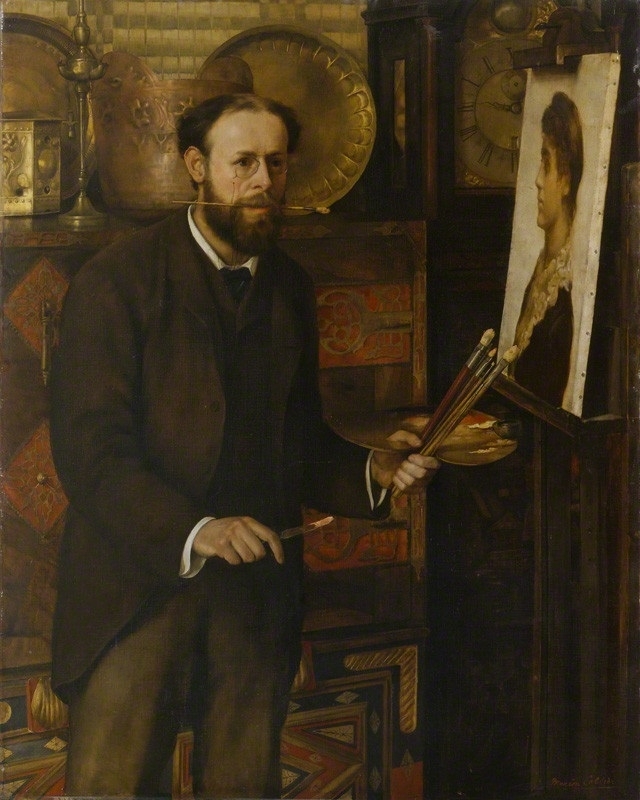
Fig. 1. Marion Collier, Portrait of John Collier, 1883 (Wikipedia.org)
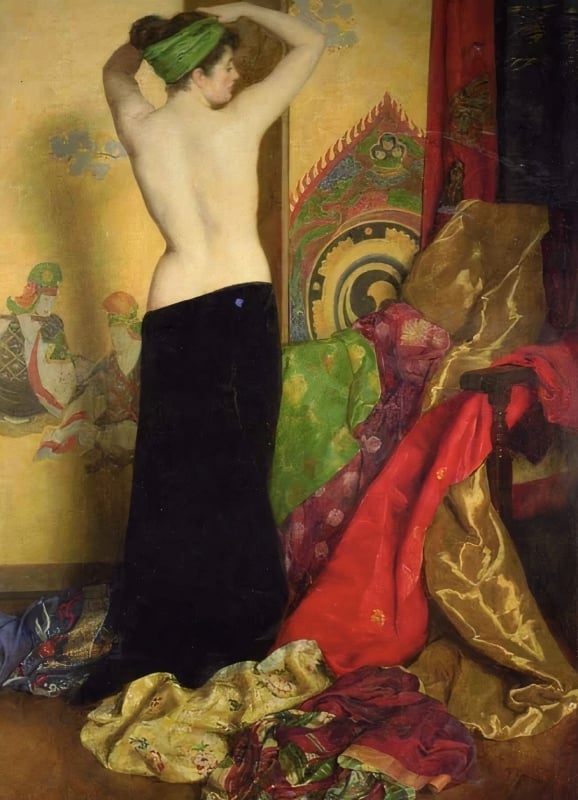
Fig. 2. Pomps and Vanities, 1917 (artrenewal.org)
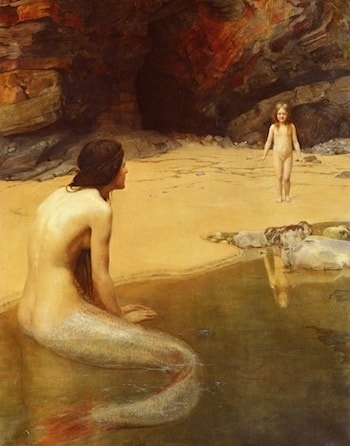
Fig. 3. The Land Baby, 1909 (artrenewal.org)
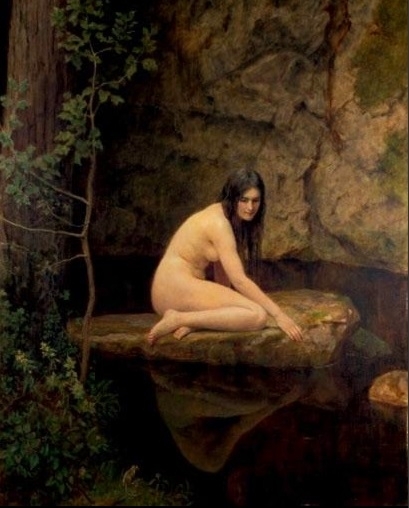
Fig. 4. The Water Nymph, 1923 (artrenewal.org)

Fig. 5. Circe, 1885 (Wikipedia.org)
Circe And The Origin of Art
In his book A Primer of Art, Collier expresses a notion that the love of beauty, which seems to be a catalyst of art, "appears to be one of those deep-rooted emotions for the origin of which we must go much further back than the fullest extent of man's history." Then Collier speaks of Australian Bowerbirds who decorate their bowers to make themselves more attractive to female mates. In this context, his depiction of Circe, a famous enchantress from Greek myths, looks curious enough. According to Homer, Circe, who turned the members of Odysseus' crew into swine, resided in the isolated woods of her island of Aeaea. She was surrounded by docile lions and tigers, and it's how many artists usually depicted her. Collier portrayed Circe totally naked and resting on a tiger's back, so she slightly reminds us of a maenad (fig. 6). The enchantress looks at the wild cat, who has an amusing facial expression. Keeping in mind the notion of the power of beauty upon the animals, we can suppose that the witchcraft of this woman lies mainly in her outstanding appearance. A more infernal "version" of Circe is a woman from Collier's An Incantation, who sits on a cheetah skin and pours a potion into a boiling mixture (fig. 7).
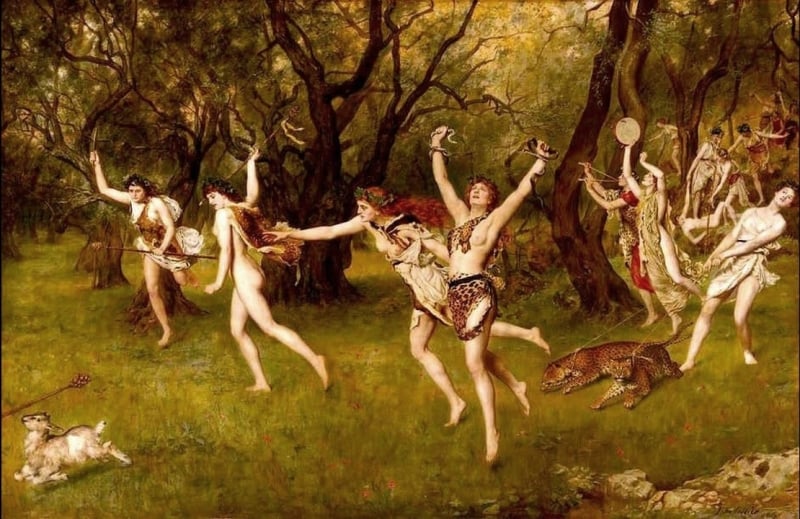
Fig. 6. Maenads, 1886 (tildacdn.com)
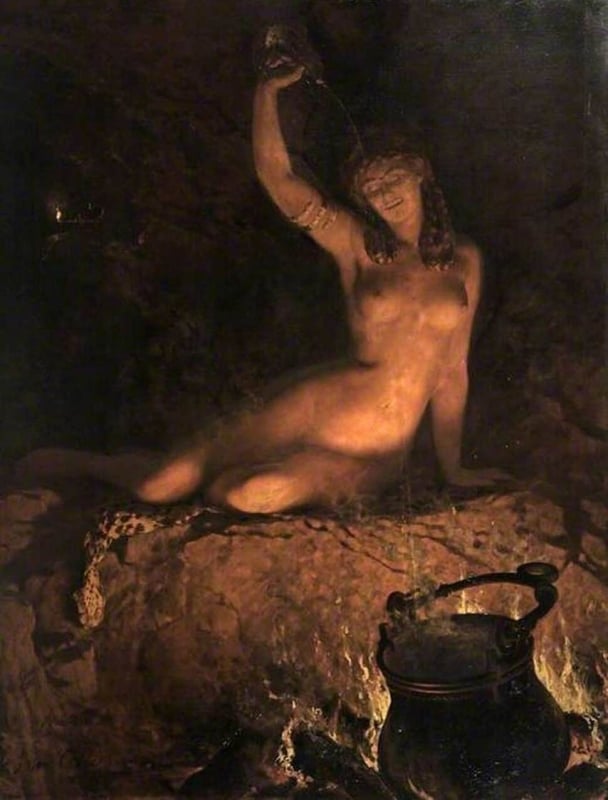
Fig. 7. An Incantation (bigcommerce.com)
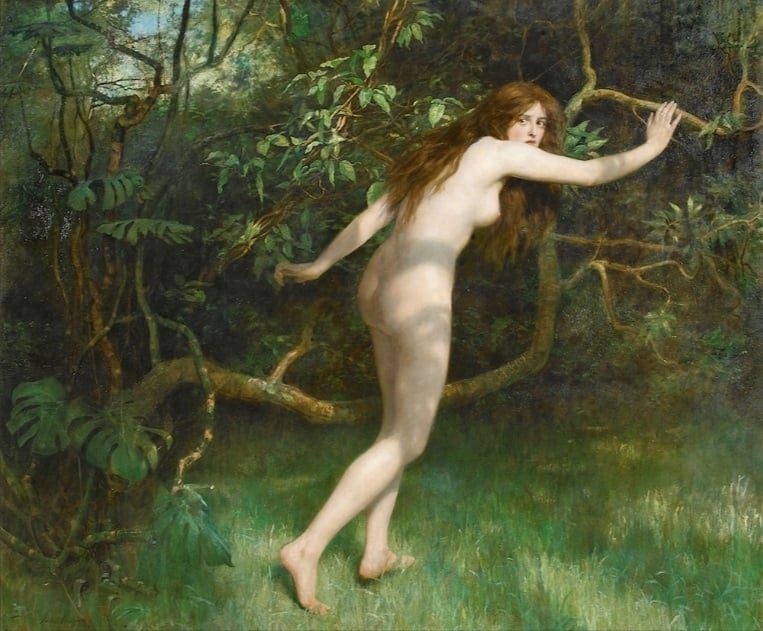
Fig. 8. Eve, 1911 (artrenewal.org)
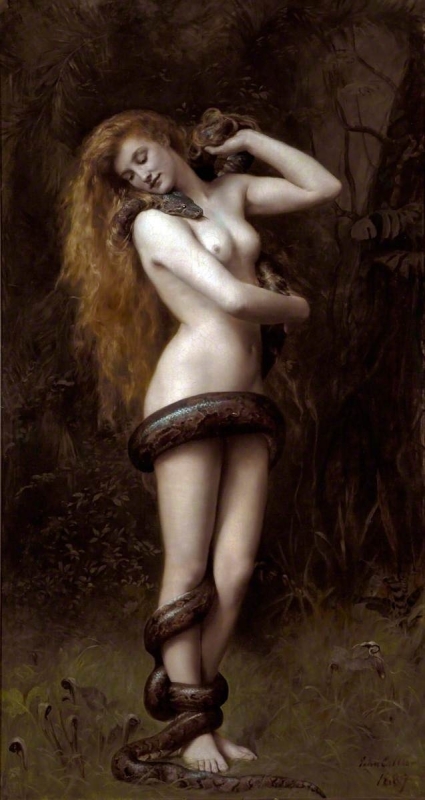
Fig. 9. Lilith, 1887 (Wikipedia.org)
Eve And Lilith
While the nudity of Circe can be regarded as her weapon or a magical shield, the nakedness of Eve has the opposite meaning of the loss of god's grace. The first woman is afraid of being seen by the god and tries to hide in the woods. The confidence of Eve's rival Lilith, who is depicted in another painting, contrasts with her insecurity. We've got used to the fact that the serpent is a frequent companion of Eve in many images. John Collier makes the snake a pet of Lilith. Allegedly, the artist was inspired by Flaubert's novel Salammbo of 1862 (allartclassic.com), which we mentioned in our article about Luis Falero (the priestess Salammbo has a pet serpent). In some Kabbalistic treatises, it's stated that Lilith assumed the form of the serpent who seduced Eve. Or, as we can see in the painting, she was the one who gave instructed the snake about the forbidden fruit. Initially, Lilith was the first wife of Adam and, apparently, the first feminist. She left her husband after he denied she could be on top during their intercourse (interestingly, the Bible implies that first man and woman were created to multiply themselves, which logically means to have sexual interaction). In the art of the second half of the 19th century, Lilith became a symbol of the emancipated woman and the ancestor of the femme fatale. As you can guess, the kind to which mother Eve belongs is femme fragile, the man's helper, as described by god. Although she broke the rule by eating the fruit (we think she did it only being sure that it would make the situation better), she never quarreled with Adam on their sex positions.
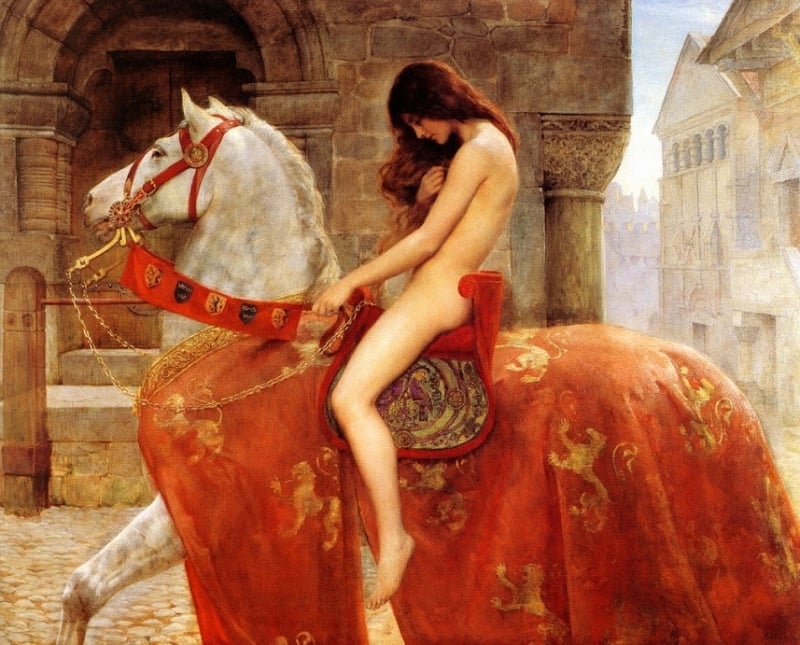
Fig. 10. Lady Godiva, 1897 (Wikipedia.org)
Lady Godiva
One of the most famous works by John Collier is based on a medieval legend about the wife of Leofric, Earl of Mercia. Lady Godiva asked her husband to lower the taxes for the people of Coventry. The earl, whether cruel or ironic, promised her to do so if she rode naked on a horse through the town. To his surprise, she agreed and, having proclaimed that all people should shut their windows and stay inside, she rode down the streets, covered only in her long hair. The one who disobeyed the proclamation and peeped at her is now known as Peeping Tom (in some versions of the legend, he turned blind; in others, he was executed). Naked Lady Godiva riding a horse can be seen on the flag of Coventry. The story became a subject of many paintings and sculptures. In the work of John Collier, the model who posed as Godiva was a West End theatre actress Mabel Paul. We've already discussed nudity as a weapon (Circe) or a symbol of vulnerability and sin (Eve). In the case of Lady Godiva, there's the sacral side of nudity. The painting, full of subtle eroticism, also resembles the so-called Via Crucis, when Christ, almost nude, bore his cross through the town. The empty streets of medieval Coventry, which look otherworldly, place the scene in a symbolic context. In world culture, the horse is often described as a conductor of dead souls. So, the naked beauty may be considered a soul who travels through the afterlife realm.
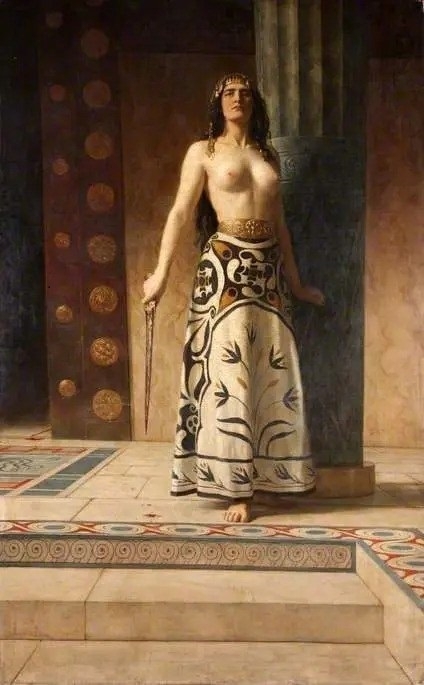
Fig. 11. Clytemnestra, 1914 (arthive.net)
Porcelain Clytemnestra
Now, let's turn back to pagan mythology. Clytemnestra, whose name means "famous plotter," the wife of Agamemnon, king of Mycenae, was among the subjects of Collier's art. She was a sister of Helen of Troy, and Agamemnon was a brother of Menelaus, the king of Sparta and husband of Helen, so, he became one of the prominent characters of the Trojan War that lasted for ten years. In the absence of the husband, Clytemnestra had an affair with Agamemnon's cousin. Together, they plotted his murder. In some versions of the myth, Clytemnestra killed the husband herself while he was taking a bath after a feast: she entangled the man with a cloth net and stabbed him to death. Psychologically, Clytemnestra is a curious character, because the murder wasn't caused by banal adultery. At the beginning of the war, weak winds prevented Greek ships from sailing the ocean. Agamemnon was told to sacrifice his daughter Iphigenia, so he ordered Clytemnestra to send her to him. Though Clytemnestra obeyed Agamemnon, this episode drove her to the plan of his murder. In the painting of Collier, we see the woman after the kill. In her right hand, she holds a bloody sword. Her white skin and a long skirt with ancient ornaments make her look like a porcelain figure. Partial nudity may symbolize Clytemnestra's maternity, as we see bare breasts. Her face has a revengeful expression. All details allow us to suppose that Collier's Clytemnestra makes Agamemnon pay for Iphigenia's death.
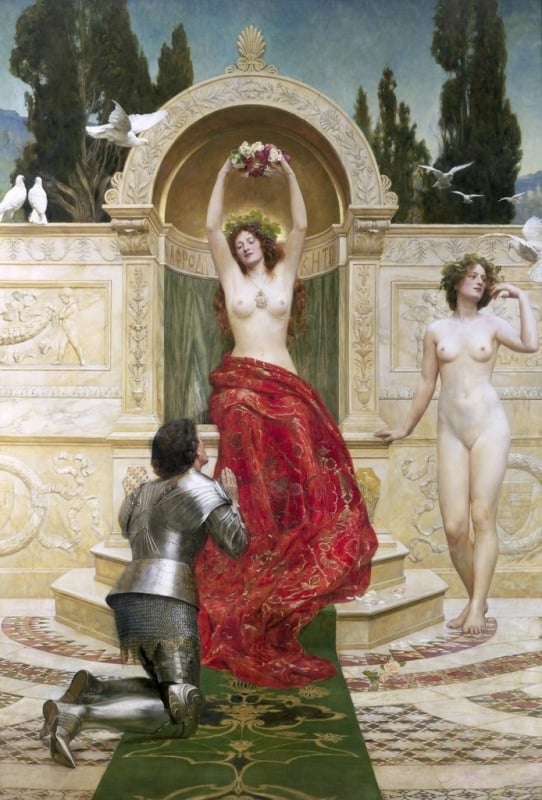
Fig. 12. Tannhäuser in Venusberg, 1901 (Wikipedia.org)
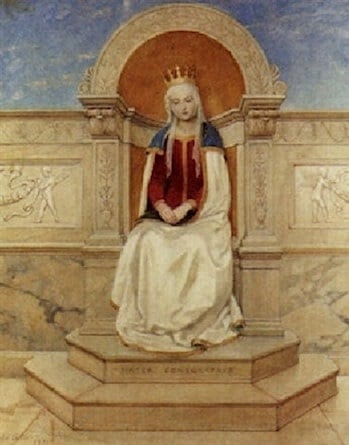
Fig. 13. Mater Consolatrix, 1931
Venus and Mary
Another famous painting depicts a scene from the medieval legend about Tannhäuser, a knight and a poet, who found Venusberg, the place of Venus, where he spent a year worshipping the goddess and experiencing different pleasures. His dwelling in Venusberg was a great sin as far as he was Christian, but, eventually, turning back, he received forgiveness. The nudity of Venus represents the esthetic ideal of beauty as seen by generations of poets and artists. She crowns Tannhäuser with a wreath of red and white roses that also represent the virtues and passions of Mary and Christ. White doves, that also the symbols of the Holy Spirit in Christianity, surround the goddess. On the wall behind Venus, there's a bass relief with cupids. The painting contains a couple of interesting details. First of all, it's the obvious resemblance of Venus to Collier's Lilith, whom we discussed earlier. The second detail it's the setting, similar to that in later Collier's Mater Consolatrix depicting Virgin Mary. Thus, the image implies not only opposition of paganism to Christianity but also shows their inner cultural connection, as Lilith and Mary can speak the same symbolic language.
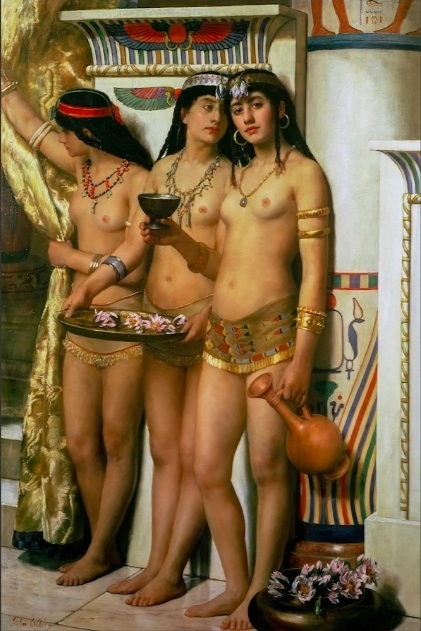
Fig. 14. The Pharaoh's Handmaidens, 1883 (artrenewal.org)
Premium members can find an extended version of the article including more images...!!
Click HERE for the sensual paintings of Anglican clergyman Matthew William Peters....!!
Sources: Wikipedia.org; allartclassic.com; artrenewl.org; John Collier. A Primer of Art. 1882.
